When it comes to painting your home’s exterior, choosing the right paint for your siding is crucial for ensuring long-lasting results. Among the most popular types of siding today is Hardie Board (also known as James Hardie siding), which is a fiber cement product that offers outstanding durability and protection.
However, to preserve its look and ensure its lifespan, choosing the best exterior paint for Hardie siding is essential. We’ll cover everything you need to know about selecting the ideal paint for Hardie siding and provide a detailed list of frequently asked questions.
What is Hardie Board Siding?
Before diving into paint recommendations, it’s important to understand what Hardie Board is. Hardie Board is a brand of fiber cement siding manufactured by James Hardie. It is renowned for being one of the most durable and weather-resistant siding materials available. Hardie Board is fire-resistant, pest-resistant, and can withstand extreme weather conditions, making it an excellent option for homeowners in areas with fluctuating climates.
One of the main advantages of Hardie siding is that it looks and feels like wood but has the longevity of cement. However, even with its impressive durability, Hardie Board can still fade over time if it is not properly maintained. That’s where exterior paint comes in – to protect and beautify the siding while enhancing its performance.
Why Is Paint Important for Hardie Siding?
Painting Hardie Board siding does more than just enhance the curb appeal of your home; it provides a protective layer against the elements. Here are a few reasons why painting your Hardie siding is essential:
- Protection from the Elements: Hardie Board is weather-resistant, but over time, exposure to sun, rain, wind, and snow can cause wear and tear. A good-quality exterior paint provides an extra layer of protection against UV rays, moisture, and other environmental factors.
- Increased Longevity: Regularly painting your Hardie siding helps maintain its integrity and prevents it from deteriorating due to environmental factors like mildew, dirt, and mold.
- Improved Aesthetic Appeal: Painting Hardie Board gives you the opportunity to customize the look of your home. Whether you prefer bold, vibrant hues or a classic neutral shade, exterior paint can make your home stand out in your neighborhood.
- Prevents Moisture Damage: Hardie siding is designed to resist water, but over time, if the paint begins to peel or fade, water can seep into the siding, leading to mold or rotting. A fresh coat of paint will help keep moisture at bay.
Best Paint Types for Hardie Siding
Now that we know why paint is so crucial for Hardie siding, let’s take a look at the best types of paints to use. When choosing exterior paint for Hardie Board, it’s important to select high-quality products designed specifically for fiber cement.
Acrylic Paint
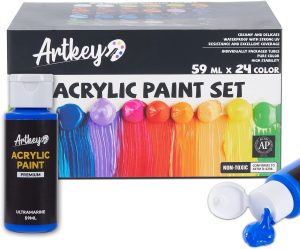
Acrylic-based paints are generally the best choice for Hardie Board siding. They offer excellent adhesion, flexibility, and resistance to the elements. Acrylic paint allows the siding to breathe, meaning it won’t trap moisture underneath the surface. Additionally, acrylic paints are durable, long-lasting, and easy to clean. You can choose either 100% acrylic paint or a latex-based acrylic paint for your project.
Exterior Latex Paint
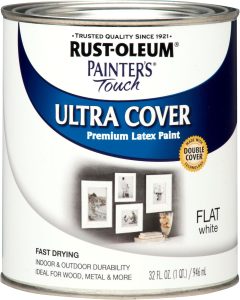
Latex-based paint is another great option for Hardie Board. Like acrylic paint, latex paint is water-based and is known for its ability to resist cracking, fading, and peeling. Latex paints are fast-drying, which can speed up your painting project, and they are low in volatile organic compounds (VOCs), making them an eco-friendly option.
Elastomeric Paint
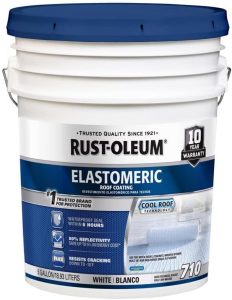
Elastomeric coatings are another excellent choice for fiber cement siding. This paint is thicker than traditional paints and forms a waterproof, flexible layer that expands and contracts with the weather. It is particularly useful if your area experiences extreme temperatures and moisture changes.
High-Quality Primers
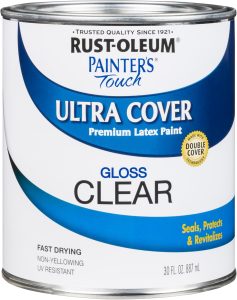
When painting Hardie siding, always use a high-quality primer designed for fiber cement. The primer creates a solid base for the paint to adhere to and improves the longevity of the topcoat. A good primer will also help seal the surface, ensuring moisture doesn’t infiltrate the siding.
Top Paint Brands for Hardie Siding
Choosing the right brand of paint is just as important as selecting the right type of paint. Here are some top-rated paint brands known for their quality and durability:
- Sherwin-Williams: Sherwin-Williams offers a variety of high-quality exterior paints specifically designed for fiber cement siding. Their Duration and Emerald lines are popular choices for Hardie Board.
- Benjamin Moore: Benjamin Moore’s Aura Exterior line is well-regarded for its long-lasting finish and fade resistance. It provides excellent coverage and protection for Hardie siding.
- Behr: Behr’s Marquee exterior paint is a premium option that provides a durable, weather-resistant finish. Behr is known for its excellent customer service and easy-to-apply products.
- Valspar: Valspar’s Duramax exterior paint is formulated to provide exceptional coverage and long-lasting protection for Hardie siding. It’s an affordable option with excellent performance.
- PPG Timeless: PPG’s Timeless exterior paint offers superior protection against the elements and is a popular choice for homeowners looking to protect their Hardie siding.
How to Paint Hardie Siding: A Step-by-Step Guide
Once you’ve chosen the right paint, it’s time to apply it to your Hardie Board siding. Here’s a step-by-step guide to help you achieve a professional-looking finish:
Step 1: Clean the Siding Start by thoroughly cleaning the Hardie Board to remove dirt, grime, and any previous peeling paint. You can use a pressure washer or a garden hose with a brush attachment to clean the surface.
Step 2: Repair Any Damage Inspect the siding for any cracks, chips, or damage. Use a fiber cement patching compound to fill in any imperfections and smooth the surface. Allow the repairs to dry completely before moving on to the next step.
Step 3: Apply a Primer Apply a high-quality primer designed for fiber cement siding. Use a brush, roller, or sprayer to ensure even coverage. The primer will help the paint adhere better and provide additional protection against moisture.
Step 4: Paint the Siding Once the primer is dry, apply your chosen paint. Use a high-quality brush or roller to apply an even coat of paint. If you’re using a sprayer, ensure that you maintain the proper distance from the surface to avoid drips.
Step 5: Apply a Second Coat For optimal results, apply a second coat of paint once the first coat has dried. This will help ensure full coverage and a long-lasting finish.
Step 6: Let the Paint Cure Allow the paint to cure completely before exposing it to weather conditions. This can take up to a week, depending on the weather.
Frequently Asked Questions (FAQs)
1. How long does paint last on Hardie siding?
The lifespan of paint on Hardie siding depends on various factors, such as the quality of the paint and the local climate. On average, high-quality paint can last anywhere from 5 to 10 years on fiber cement siding.
2. Do I need to use a primer before painting Hardie Board?
Yes, using a primer is essential for creating a solid base for the paint and ensuring better adhesion. It also helps prevent moisture from seeping into the siding.
3. Can I use regular house paint on Hardie siding?
While you can technically use regular house paint, it’s best to use paint specifically designed for fiber cement siding for maximum durability and protection.
4. Can I paint Hardie siding myself?
Yes, painting Hardie siding can be a DIY project. However, it requires proper preparation and tools to achieve the best results. If you’re unsure, you can always hire a professional to ensure a flawless finish.
5. How do I clean my painted Hardie siding?
You can clean your painted Hardie siding with a hose or pressure washer. Avoid using harsh chemicals or abrasive tools, as they could damage the paint.
6. Can I paint over existing paint on Hardie siding?
Yes, you can paint over existing paint, but it’s essential to clean and lightly sand the surface before applying the new paint to ensure proper adhesion.
7. What is the best finish for painting Hardie siding?
The best finish for Hardie siding is a satin or matte finish. These finishes provide a balance between aesthetics and durability. Glossy finishes are not typically recommended as they can highlight imperfections in the siding.
Conclusion
Choosing the best exterior paint for Hardie siding is an investment that will not only enhance the beauty of your home but also protect it from the elements for years to come. Acrylic and latex-based paints, along with high-quality primers, are the ideal options for Hardie Board. With the right paint and proper preparation, you can achieve a professional-looking, long-lasting finish that will keep your home looking beautiful.

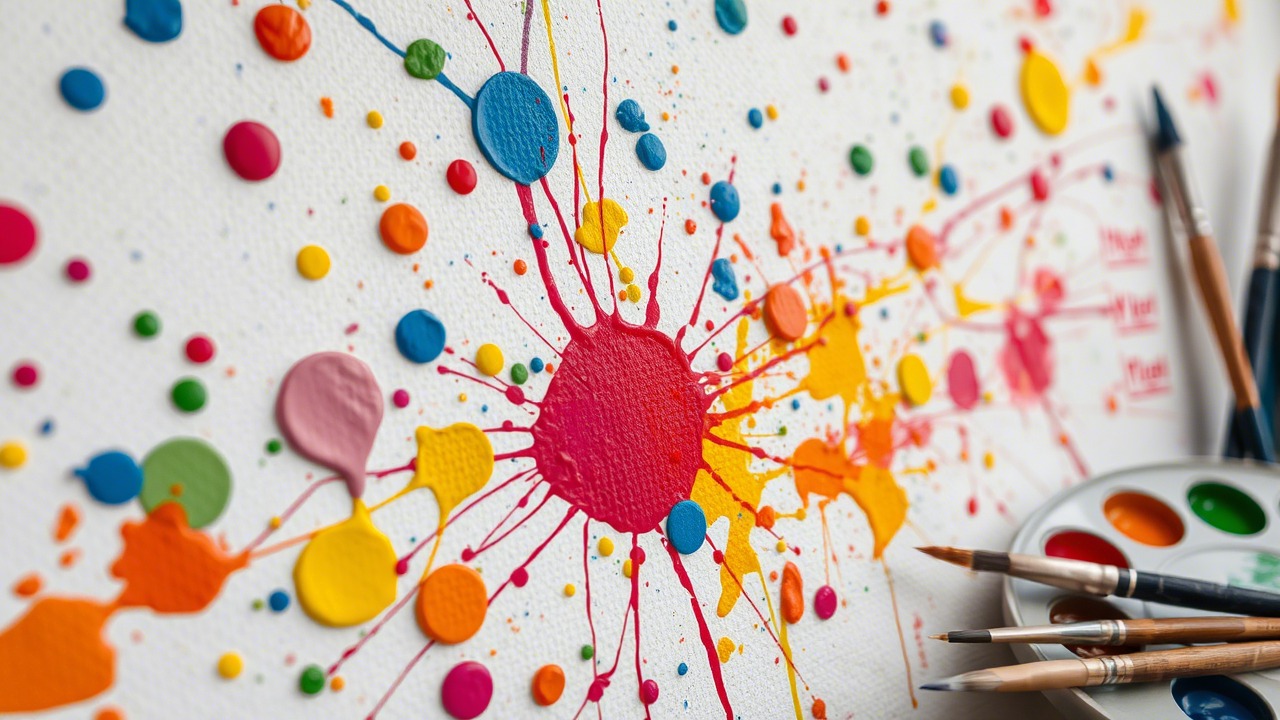
Leave a Reply